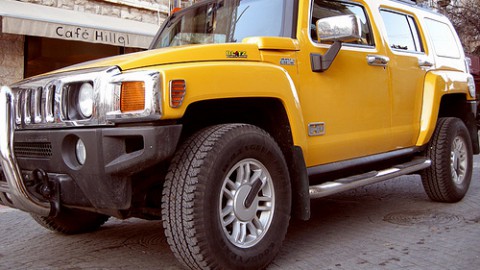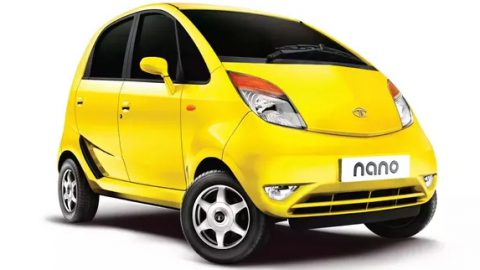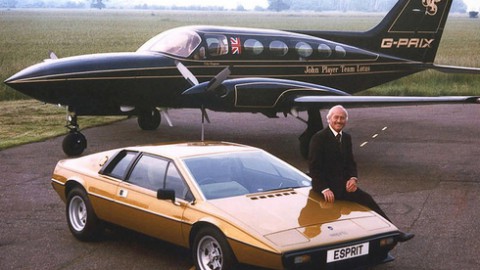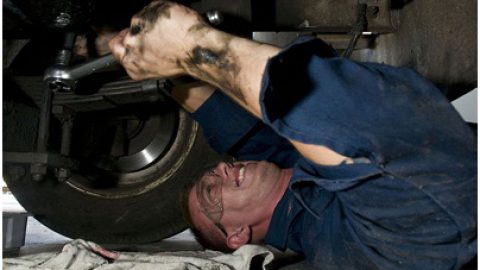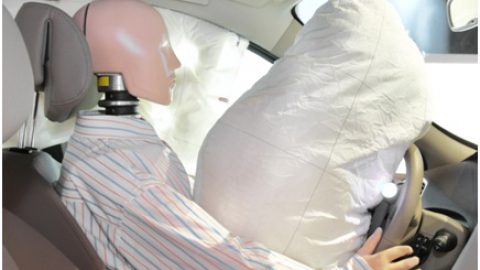Our cars don’t levitate or have human-like conversations with us, but new technologies are helping cars take steps toward becoming increasingly safe and communicative. We might not have the DeLorean just yet, but cool, recently released features coming out are still impressive and extremely useful.
Facebook’s social goldmine of information used to be confined to your computer screen. With the increasing popularity of smartphones changing the way people communicate, Facebook has also become easily accessible through phone apps.
Now technology has taken it one step further — OnStar will read your friends’ newest status updates to you. Instead of checking your phone when you’ve parked your car, you can ask OnStar to read you your newsfeed. With this new feature, social information is becoming more and more readily available in any sort of environment.
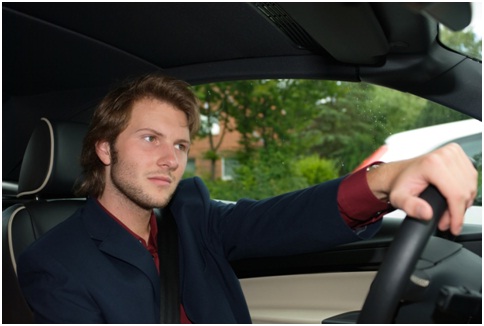
OnStar Reads your Facebook Wall
This technology was first publicized during the Super Bowl in a commercial for the Chevy Cruze. A guy leaves a date and asks OnStar to read status updates to find out what the girl thought. While it’s amusing that she posted an update within minutes of leaving the date, the best part is that it isn’t that unrealistic.

